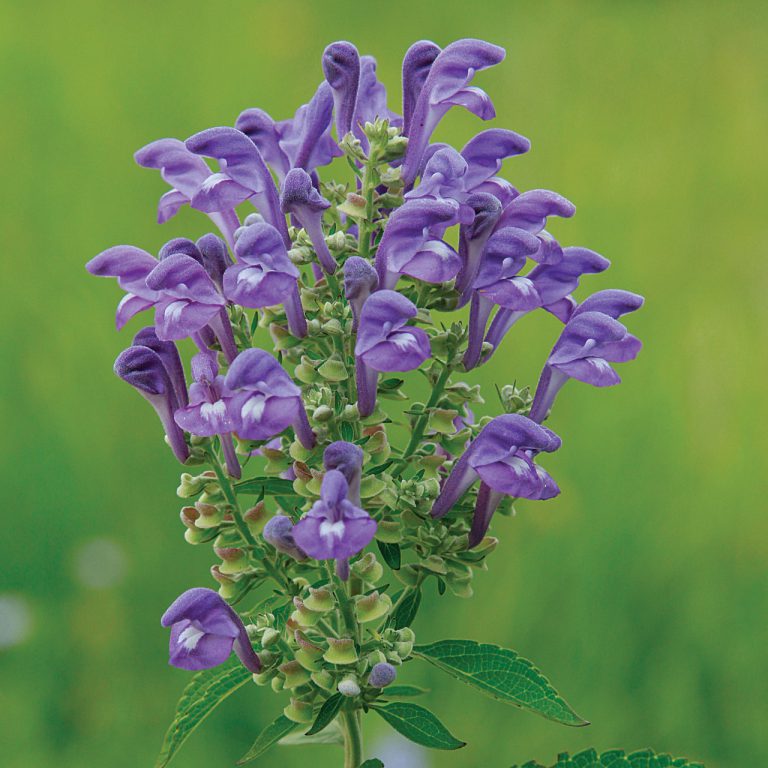Weight loss is a deeply personal journey. For some, it may be about achieving better health, for others, improving self-esteem, and for many, a combination of both. Amid the countless weight-loss solutions available, the use of natural herbs and remedies offers a gentle, holistic approach that aligns with nature’s rhythm. This blog will guide you through the world of herbal aids and remedies for weight loss, emphasizing understanding, balance, and sustainability.
Understanding Weight Loss: The Foundations
Before diving into specific herbs and remedies, it’s essential to grasp the basics of weight loss. At its core, weight loss occurs when the energy you expend exceeds the energy you consume. However, this simple equation doesn’t capture the complexities of metabolism, hormonal balance, and emotional well-being.
A successful weight-loss journey involves:
- Healthy Eating: Consuming nutrient-dense foods while avoiding excessive processed and sugary products.
- Physical Activity: Regular exercise helps burn calories and improve overall health.
- Mental Well-Being: Stress and emotional eating can sabotage efforts, making mindfulness crucial.
- Consistency: Sustainable changes yield lasting results, while extreme diets often lead to yo-yo weight fluctuations.
Herbs and remedies can support these pillars by boosting metabolism, curbing appetite, and enhancing emotional balance.
Natural Herbs for Weight Loss: A Closer Look
Nature has provided a treasure trove of herbs that can aid weight management. Let’s explore some of the most effective ones, their properties, and how to incorporate them into your routine.
1. Green Tea (Camellia sinensis)
Why It Works: Green tea is rich in catechins, particularly epigallocatechin gallate (EGCG), which boosts metabolism and promotes fat oxidation. It also contains caffeine, a natural stimulant that enhances energy expenditure.
How to Use:
- Brew 2-3 cups daily and drink it warm.
- Avoid adding sugar; instead, opt for a squeeze of lemon to enhance its flavor and antioxidant properties.
Caution: Overconsumption can lead to caffeine-related side effects like insomnia or jitteriness.
2. Cinnamon (Cinnamomum verum)
Why It Works: Cinnamon helps regulate blood sugar levels, reducing cravings and the likelihood of overeating. It also has thermogenic properties, which can slightly boost metabolism.
How to Use:
- Add a teaspoon of cinnamon powder to your oatmeal, smoothies, or tea.
- Use it as a natural sweetener in baking.
Caution: Stick to Ceylon cinnamon (true cinnamon) over cassia cinnamon to avoid excessive coumarin intake, which can harm the liver.
3. Ginger (Zingiber officinale)
Why It Works: Ginger improves digestion, enhances metabolism, and suppresses appetite. Its anti-inflammatory properties also help reduce bloating.
How to Use:
- Brew ginger tea by boiling fresh slices in water for 10 minutes.
- Grate it into soups, stir-fries, or salad dressings.
Caution: Avoid excessive consumption if you have acid reflux or are on blood-thinning medications.
4. Turmeric (Curcuma longa)
Why It Works: Curcumin, the active compound in turmeric, helps reduce inflammation and can potentially improve fat metabolism. It also supports liver function, aiding detoxification.
How to Use:
- Mix a teaspoon of turmeric powder with warm milk or plant-based alternatives for a comforting golden latte.
- Incorporate it into curries or rice dishes.
Caution: Enhance absorption by pairing turmeric with black pepper.
5. Fenugreek (Trigonella foenum-graecum)
Why It Works: Fenugreek seeds are high in fiber, promoting a feeling of fullness and reducing overall calorie intake. They also help regulate blood sugar levels.
How to Use:
- Soak a tablespoon of seeds overnight and drink the water in the morning.
- Add ground fenugreek to soups and stews.
Caution: Start with small amounts to avoid digestive discomfort.
6. Dandelion (Taraxacum officinale)
Why It Works: Dandelion is a natural diuretic, helping reduce water retention and bloating. It also supports liver health, aiding detoxification.
How to Use:
- Brew dandelion tea from dried leaves.
- Use fresh leaves in salads.
Caution: Consult a healthcare provider if you have kidney issues or are on diuretic medications.
7. Cayenne Pepper (Capsicum annuum)
Why It Works: Capsaicin, the active compound in cayenne, boosts metabolism and increases the body’s calorie-burning rate. It also suppresses appetite.
How to Use:
- Sprinkle cayenne powder on eggs, soups, or roasted vegetables.
- Add a pinch to lemon water for a metabolism-boosting drink.
Caution: Start with small amounts to build tolerance to its spiciness.
Supporting Remedies and Practices
In addition to herbs, several natural remedies and lifestyle adjustments can amplify weight-loss efforts.
1. Apple Cider Vinegar (ACV)
ACV can suppress appetite, stabilize blood sugar levels, and enhance digestion.
How to Use:
- Mix a tablespoon of ACV with warm water and drink it before meals.
- Use it as a salad dressing base.
Caution: Always dilute ACV to protect tooth enamel and avoid gastrointestinal irritation.
2. Hydration
Drinking water is one of the simplest yet most effective weight-loss aids. It supports metabolism, reduces hunger, and helps the body detoxify.
How to Enhance Water:
- Add slices of lemon, cucumber, or mint for flavor.
- Sip herbal teas for variety.
3. Fiber-Rich Foods
Incorporating natural sources of fiber, such as chia seeds, flaxseeds, and psyllium husk, can promote satiety and improve digestion.
How to Use:
- Stir a tablespoon of chia seeds into your yogurt or smoothie.
- Mix psyllium husk with water and drink it before meals.
4. Mindful Eating
Eating mindfully allows you to savor food and recognize your body’s hunger and fullness cues.
Practice Tips:
- Chew slowly and focus on the flavors and textures.
- Avoid distractions like TV or phones while eating.
Creating Your Herbal Weight-Loss Plan
Weight-loss herbs and remedies work best when integrated into a well-rounded lifestyle. Here’s a sample daily plan to inspire you:
- Morning:
- Start with a glass of warm water mixed with lemon juice and a pinch of cayenne pepper.
- Enjoy a breakfast of oatmeal topped with cinnamon and chia seeds.
- Mid-Morning:
- Sip on green tea or ginger tea.
- Lunch:
- Have a balanced meal with lean protein, vegetables, and whole grains. Use turmeric and fenugreek for flavor.
- Afternoon:
- Snack on a small handful of nuts or fresh fruit.
- Drink a cup of dandelion tea.
- Dinner:
- Opt for a light meal, such as a salad with fresh herbs and a dressing made with ACV.
- Sprinkle cayenne pepper on roasted vegetables for added metabolism-boosting benefits.
- Evening:
- Wind down with a golden latte or herbal tea.
Final Thoughts
Weight loss is not about quick fixes but about cultivating habits that nourish both body and mind. By incorporating natural herbs and remedies into your routine, you’re choosing a path that respects your body’s natural processes.
Remember, every individual’s journey is unique. What works for one person may not work for another. Listen to your body, be patient, and celebrate small victories along the way. With consistency and care, you can achieve your weight-loss goals while honoring the wisdom of nature.
If you’ve found this guide helpful, share your experiences or favorite herbal remedies in the comments below. Together, we can inspire and support one another on the journey to wellness.


